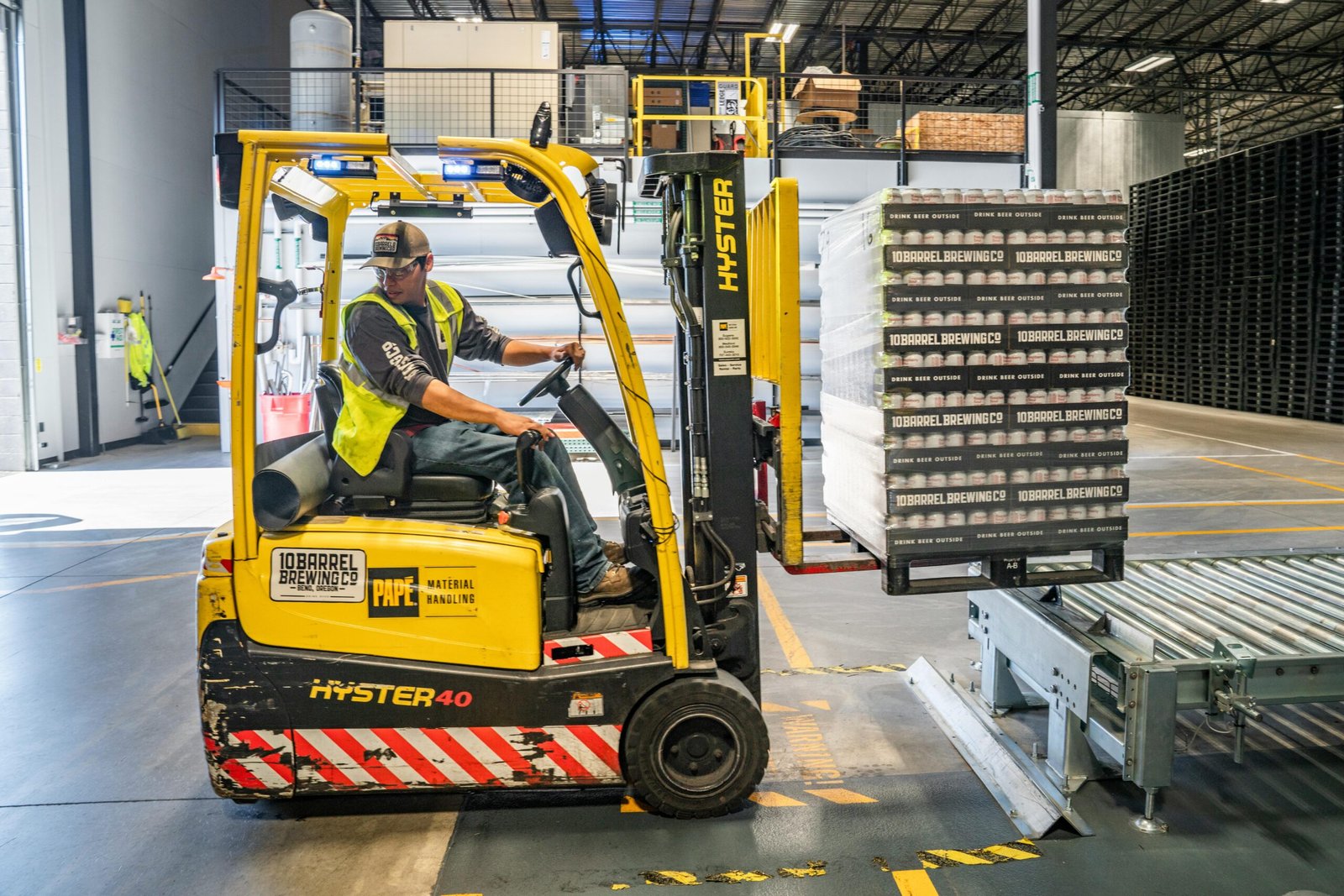Thailand is emerging as a central hub for logistics and supply chain activity in Southeast Asia. With ongoing infrastructure investments, rapid e-commerce expansion, and strategic trade positioning, the country offers significant opportunities for investors and business leaders looking to enter or expand in the market.
Market Overview
The logistics and freight industry in Thailand is poised for steady growth. With projections indicating a robust compound annual growth rate (CAGR), this sector is driven by rising domestic consumption, regional trade integration, and digital transformation across supply chains.
Key Growth Drivers
1. E-commerce Acceleration
Thailand’s e-commerce sector is growing rapidly, fueling demand for faster, more reliable logistics services. This is especially true in last-mile delivery, warehousing, and inventory management, where businesses are investing in technology and automation to meet rising consumer expectations.
2. Government-Led Infrastructure Development
Large-scale projects, particularly within the Eastern Economic Corridor (EEC), are enhancing connectivity through upgraded ports, airports, and railways. These developments are creating a logistics ecosystem capable of supporting high-volume, high-speed trade.
3. Strategic Regional Positioning
Located at the heart of Southeast Asia, Thailand serves as a gateway between China, ASEAN countries, and global markets. Its central geographic location offers a strong base for regional distribution and manufacturing operations.
Emerging Investment Opportunities
1. Cold Chain Logistics
With increasing demand for perishable goods, pharmaceuticals, and fresh produce, the cold chain logistics segment is experiencing rapid expansion. Investments in temperature-controlled warehouses and smart refrigeration systems are crucial to meet this market need.
2. Green Logistics and Sustainability
Sustainability is a growing priority. Companies are focusing on green logistics solutions—including electric delivery vehicles, eco-friendly packaging, and carbon tracking technologies—to comply with environmental regulations and consumer expectations.
3. Smart Logistics and Automation
The integration of the Internet of Things (IoT), artificial intelligence (AI), and robotics is redefining how goods are tracked, stored, and delivered. Smart warehousing, predictive analytics, and digital twin simulations are areas ripe for investment.
Challenges to Consider
1. Regulatory Complexity
Thailand’s regulatory environment can be complex for foreign investors. Compliance with customs procedures, logistics licensing, and land use regulations requires careful navigation. Establishing partnerships with local firms or consultants can mitigate risks.
2. Infrastructure Bottlenecks
While major cities are well-connected, rural and border areas still face infrastructure limitations. This can create logistical delays and add to operational costs.
3. Talent Gaps
The logistics industry in Thailand is modernizing quickly, but there’s a shortage of skilled labor to manage advanced systems and technologies. Upskilling programs and partnerships with educational institutions are essential to address this issue.
Strategic Recommendations
Capitalize on EEC Incentives: The EEC offers tax breaks and streamlined procedures for investors in logistics, manufacturing, and innovation-driven sectors.
Invest in Green Technologies: Aligning with Thailand’s sustainability goals will enhance brand value and attract environmentally conscious partners.
Digitize Operations: Implementing smart logistics solutions will improve efficiency, reduce costs, and future-proof business operations.
Conclusion
Thailand’s logistics and supply chain sector is at a turning point. Backed by infrastructure upgrades, technological innovation, and strong government support, it presents a compelling case for foreign and domestic investment. Companies that adapt to shifting trends and invest strategically can gain a significant edge in this high-potential market.
Interesting Reads :

